Honda becomes the latest Japanese automaker to debut a micro-camper concept, this one celebrating the long-running success of its CR-V crossover. It's not a van, but the CR-V makes a convincing tiny RV when upfitted with a fold-out bed, outdoor kitchen and dining area, and just the right accessories. The CR-V "Dream Pod" adventure camper wagon is part birthday present, part one-off show car, and part DIY materials list for CR-V adventurers of the future.
Throughout the the 2020s, Toyota and Nissan have busily created some of the most memorable, adorable and desirable campers and concept RVs the world has seen during that stretch. Heck, Nissan has introduced more concept campers in the past five years than any actual RV company we know.
Honda, the other member of Japan's automotive Big Three, has been a little quieter when it comes to camping rigs, releasing only one super-simple domestic exhibition micro-camper, and nothing outside of Japan. With the CR-V Dream Pod concept, it catches up in a hurry, maybe not in quantity but certainly in prominence, using a camper concept to celebrate the 30th anniversary of one of its most important models ever.
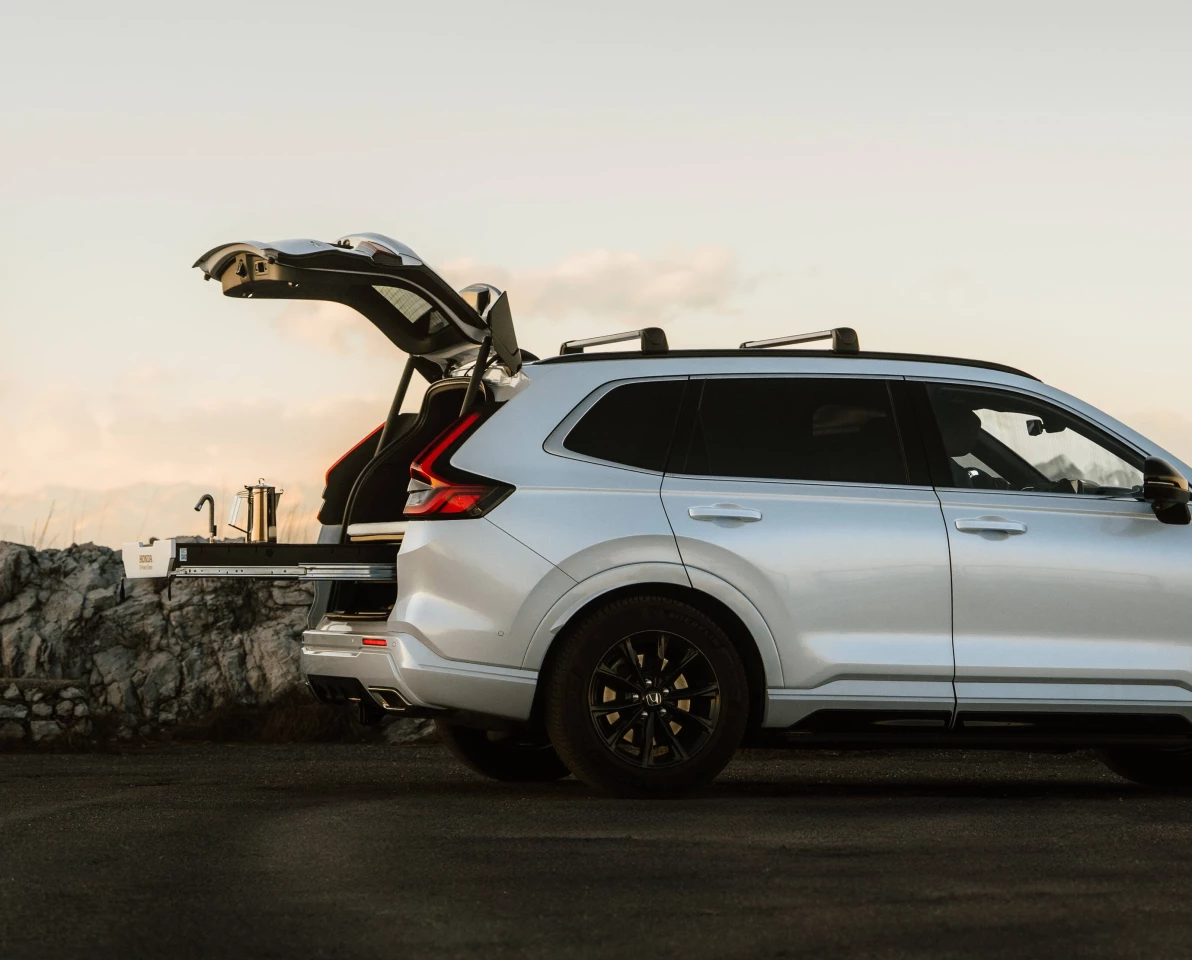
The Compact Runabout Vehicle, or Comfortable Runabout Vehicle, or Compact Recreational Vehicle, depending on which piece of Honda literature you reference, launched in 1995 ... and we now fully understand why it's been known simply as "CR-V" ever since. According to sales data tracker Good Car Bad Car, the crossover has sold to the tune of 10 million units globally since that introduction 30 years ago. More than 6 million of those sales have come from the US market alone, where the CR-V launched in 1997 to become a perennial bestseller, long foiled primarily by the Toyota RAV4 in reigning as the country's most popular SUV.
The 30th anniversary of such a successful product line, not to mention one of the pioneers in popularizing the crossover utility vehicle (CUV) segment, is a big deal for a company in the business of selling cars. And Honda celebrates with an awesome little plug-in hybrid camper wagon that should inspire at least a few current owners and future buyers to turn their own CR-Vs into adventurous, clean-running micro-campers.
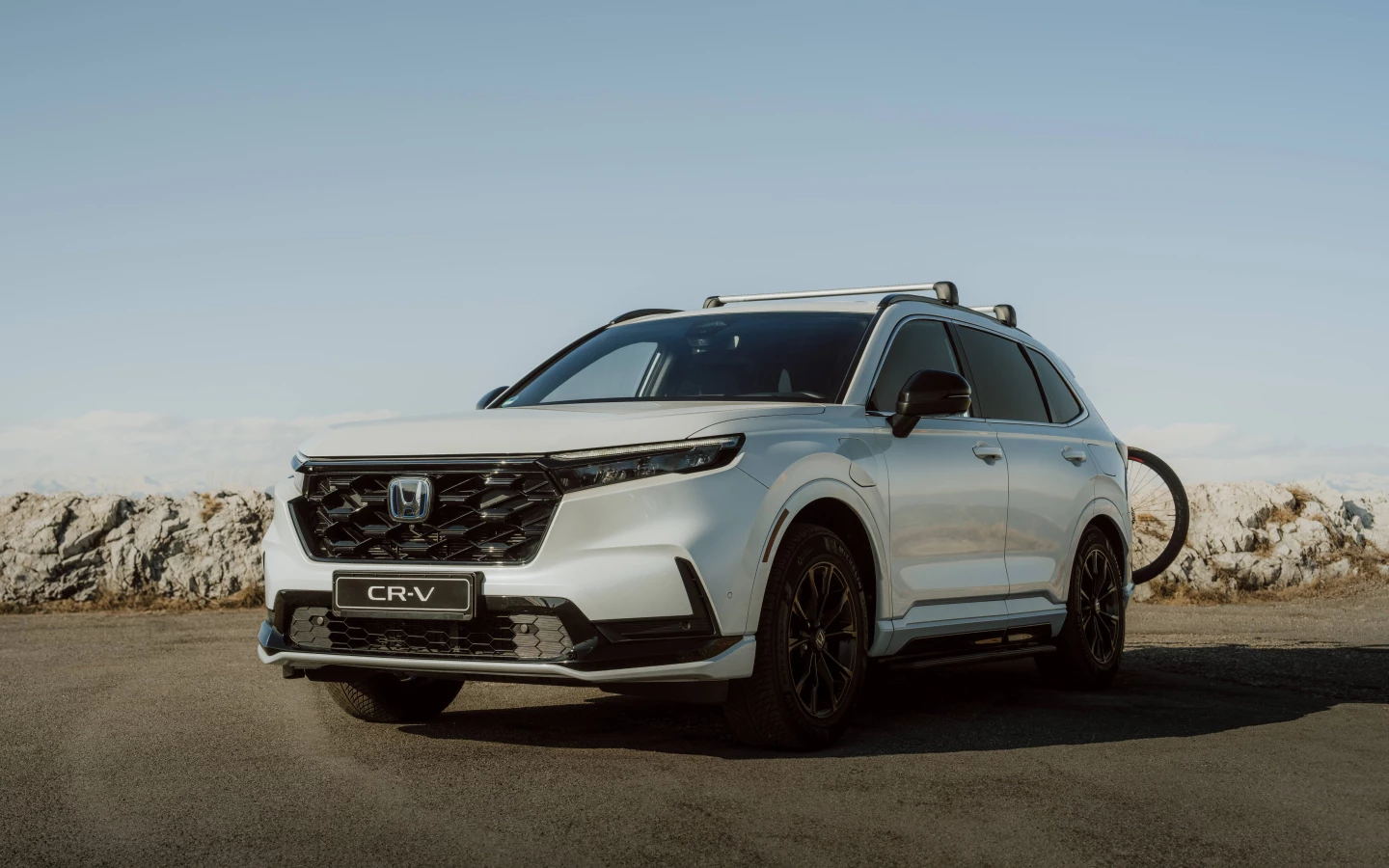
The "Dream Pod" name certainly isn't an enigma in need of an origins story, but beyond the obvious fit for any small RV, the name neatly brings together Honda's global "Power of Dreams" slogan as well as the Japanese pod hotels that inspired the concept's design.
Instead of developing out a complex motorhome "pod" or interior conversion, Honda leaves things to the Czech camper-in-a-box experts at Egoé. Like Skoda before it, Honda bases its concept around the innovative Nestboard 650, Egoé's slimmest camper kit, which includes a fold-out double bed, outdoor kitchen, and even a dining table.
Egoé shoehorns all that equipment in by putting the kitchen and dining equipment on an under-bed tailgate slide. And instead of dedicating the entire width to the kitchen, the way other kits do, it slides a compact combination of single-burner gas stove and folding faucet/collapsible basin sink into the center, leaving the left and right sides as level worktops that can be used for cooking and dining. Pull up a pair of camp chairs and you have an outdoor dining area.
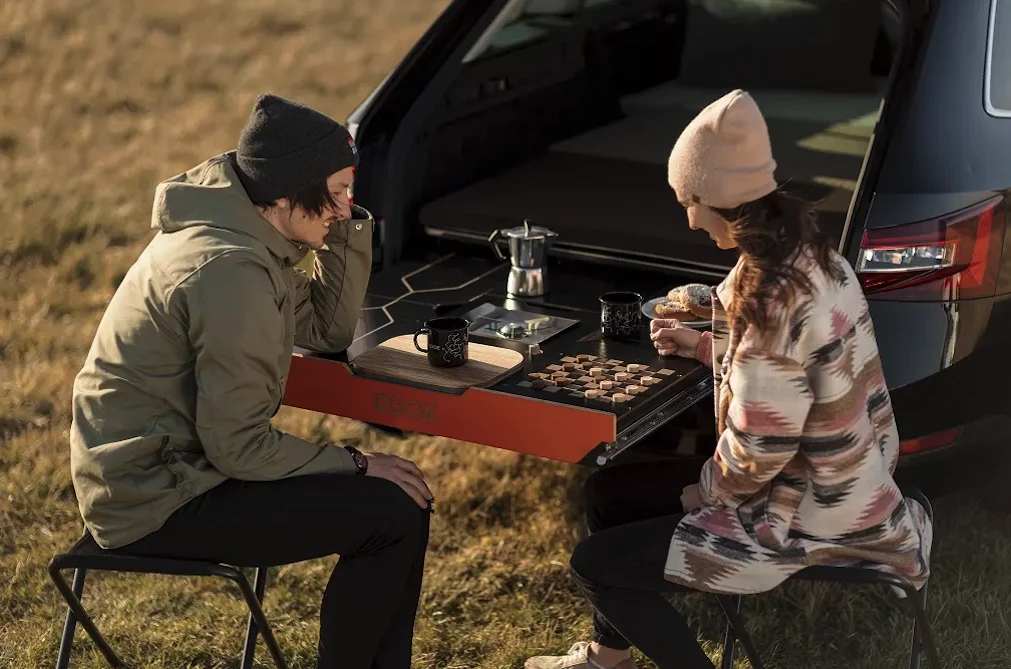
Honda doesn't show it, but on past Nestboards we've looked at, those worktops have flipped over into playing boards for chess, checkers and other games, turning the outdoor dining area into a fresh-air game room.
We guess any small SUV could be considered a "dream pod" on its own the minute you sleep in it, but Honda delves further into the concept by equipping the camper with a framed pull-down shade just in back of the front seats, a way of blocking light and carving out a cozy, private bedroom space. Black-out shades on the rear windows complete the sleeping capsule.
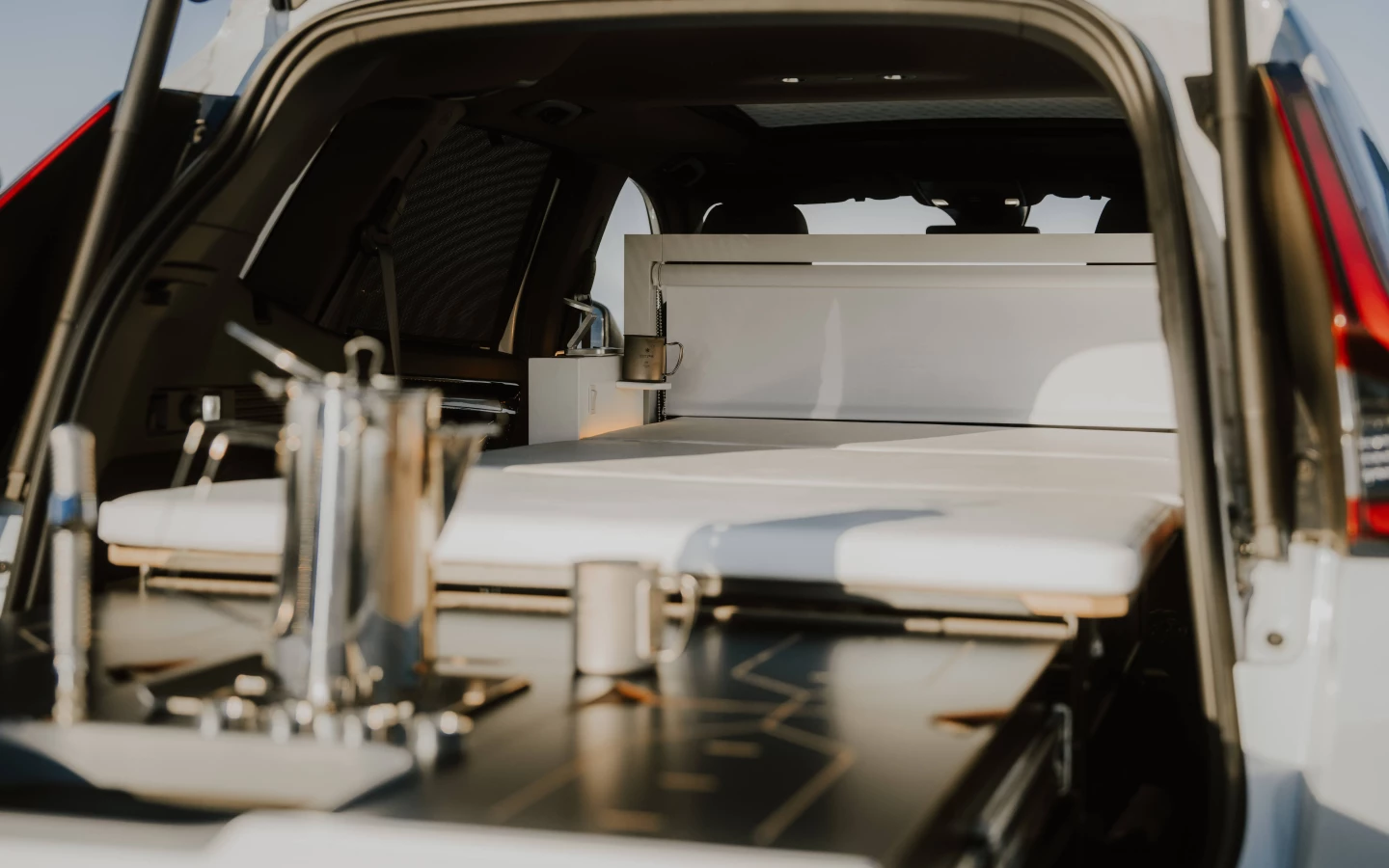
Honda keeps the pod theme right on rolling with interior "tech pods" that furnish each of the two campers with their own multi-USB charging strip, ambient lighting, adjustable reading lamp and retractable side table. It finishes the camper cabin off with rubber floor mats and illuminated door sill trims.
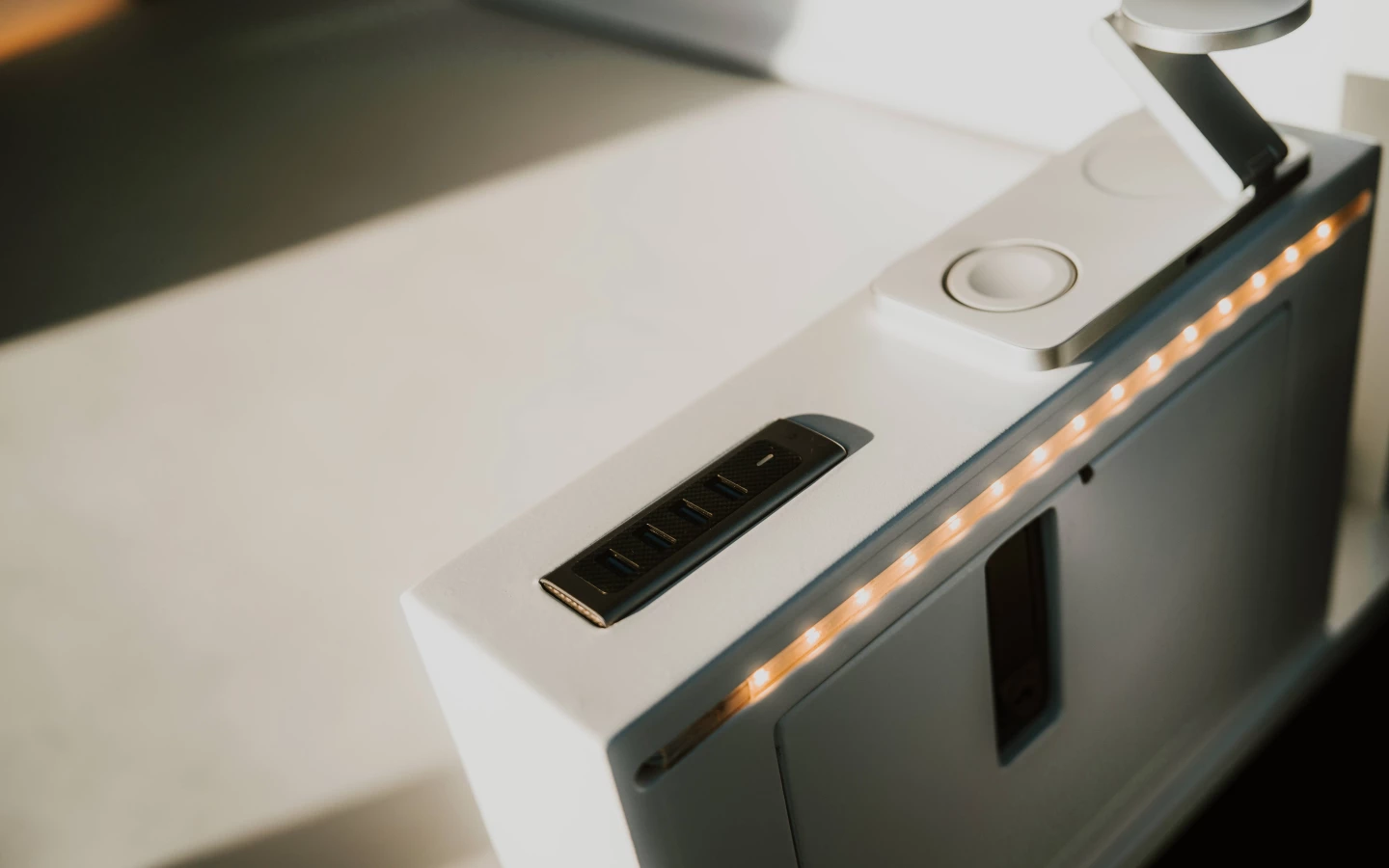
Outside, Honda adds to the adventure with a rear Thule bike carrier it offers as a Genuine Accessory. It notes that the retractable tow bar holding the bike rack in place can also be used for towing up to 1,500 kg (3,300 lb). The Dream Pod is based on the CR-V e:PHEV with 2.0-liter plug-in hybrid powertrain good for up to 79 km (49 miles) of all-electric driving per charge, making it a clean, convenient way to tour both city and country.
While components like the tech pods and interior front blind appear to be specially developed for the one-off Dream Pod concept, the main camping equipment is readily available for CR-V owners who want to make their own micro-camper. The €3,899 (US$4,425) Nestboard 650 is available from Egoé dealers, along with various accessories such as an electric fridge box and an outdoor shower bag. Egoé does not advertise a portable toilet, but it does offer a good, old-fashioned trowel.
The 57-kg (126-lb) Nestboard 650 kit slides into the trunk and straps in place at four tie-down points. It folds behind the rear seats during travel, and the fold-out bed sets up over top of the folded seats at camp.
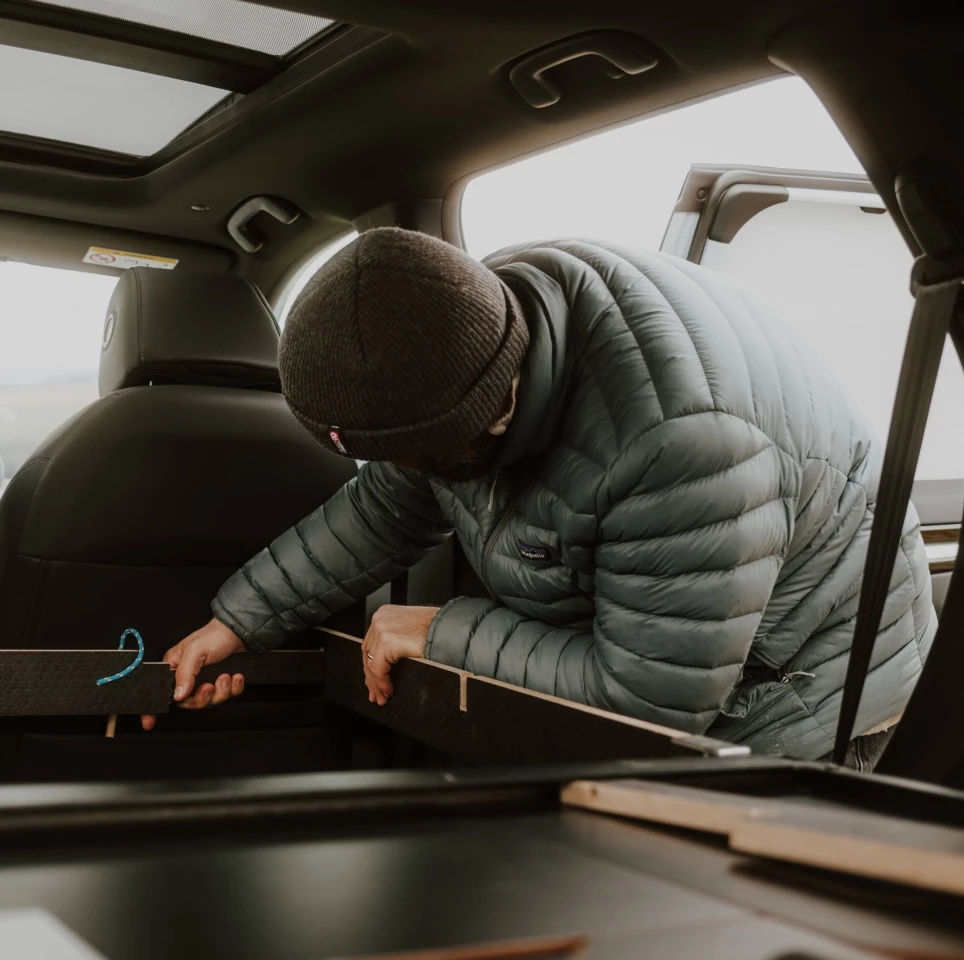
For its part, Honda sells the detachable tow bar, floor mats, illuminated side sill garnishes, Thule rear bicycle carrier and side window sunshades as CR-V add-ons.
Though it's sold some six times more CR-Vs in the United States over the decades, Honda debuted the Dream Pod concept this week in Europe. Perhaps that's because Europe's selection of versatile camper-in-a-box systems has long put America's to shame. Egoé did launch in North America several years back but does not currently have a US web page or advertise US offerings.
The video below shows some work Honda and astrophotographer Benjamin Barakat did in bringing the idea of a "dream pod" to life.
Source: Honda Europe























